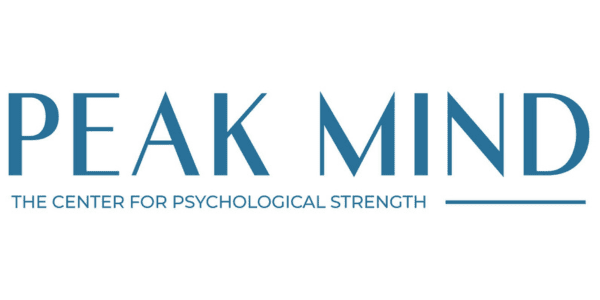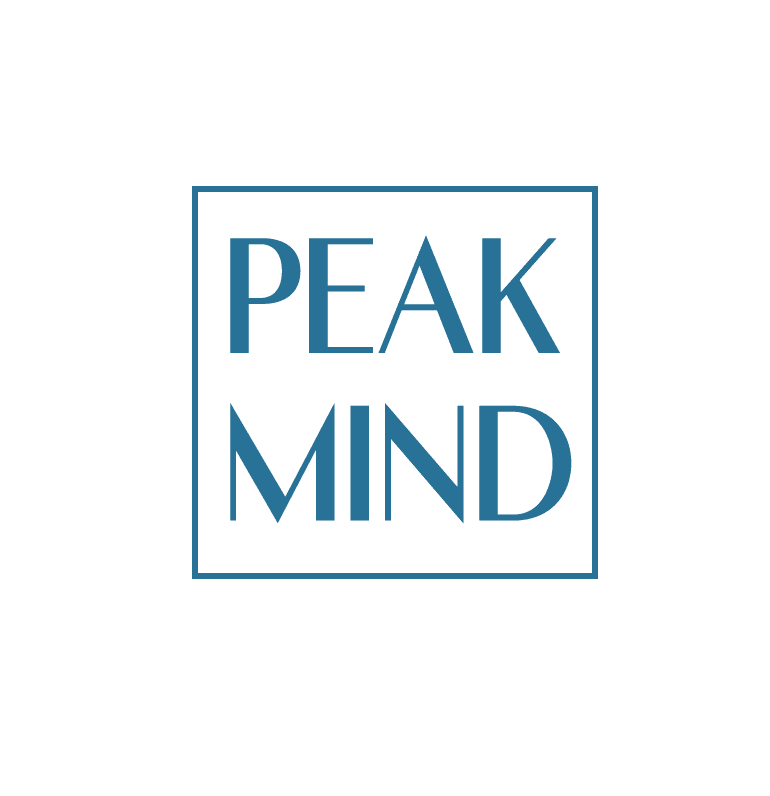PSYCHOLOGICAL STRENGTH IN THE FACE OF A PANDEMIC
Strap in. This week’s message is a long one, but it’s timely.
Unless you’ve been living so far off the grid that a global pandemic can’t reach you anyways, you’ve heard about the coronavirus. You’ve probably also been affected in some way. Events have been cancelled.
Businesses and schools have closed or shifted to remote options. Supplies at grocery stores have sold out in places, and the stock market has plummeted.
With organizations like the WHO and CDC issuing the need for safety precautions and various levels of government calling various states of emergency, it’s hard not to worry…or worry that you’re not worrying enough.
For more than a decade, my day job as a clinical psychologist has been helping people learn to manage anxiety effectively. I want to share a few tips to help you keep your cool while staying safe.
Understanding Your Mind
First, it’s important to know a couple things about how your mind works.
This is an oversimplification, but it’ll make the point. There is a part of our minds that is capable of mental representation. That means that we are able to day dream, worry, plan, and predict. We are capable of imagining things, creating them in our minds. Unfortunately, the part of our mind that controls emotions can’t tell the difference between real and imagined. That means that imagined worst case scenarios provoke the same emotional response as actual bad things happening. Our fear systems can sometimes get activated by things that are happening in our minds, not in real life.
Another thing you need to know is that our minds are master story tellers. They are designed to take a few data points, connect the dots, and fill in the gaps. Our minds make assumptions, create predictions, assign meaning, offer interpretations, and add judgments to the bits of information we take in. In other words, they spin up stories, and, when anxiety is writing that narrative, it’s going to err on the side of danger, overestimation of threat, and catastrophe.
Knowing these things, it is important to question your mind and to separate the facts from the fictions. Facts are the things that you can know for sure, right now, through your direct sensory experience. Fictions are the things elements and detailed added by your mind.
ACTION STEP 1: Hone in the FACTS of the situation.
A challenge with the coronavirus situation is that most of us have very few (if any) direct experience facts, so we have to rely on other sources of information. In an era in which information is readily available anytime, anywhere – and an era in which anyone can post ABSOLUTELY ANYTHING, regardless of credibility or evidence to back it and one in which shock value is rewarded by clicks, views, and shares – misinformation is everywhere.
Our minds are powerful, but they are not always accurate, and this is evident when it comes to the illusion of truth effect. Our minds will believe things they hear repeatedly, regardless of the merits of that information. They mistake repetition for indication of truth. Even when we rationally know that the source of the information is questionable or that claims are alarmist or unrealistic, a part of our mind is still soaking up that information and encoding it…and it will stick like - and eventually be treated as - fact even though it didn’t start that way.
ACTION STEP 2: Go on a media diet and limit your input.
Be incredibly mindful about the content and media you are consuming right now. Make sure it comes from reputable sources, and limit how often you check the news and social media.
In these uncertain times, credible sources are issuing cautions, and It’s hard to ignore all of the signs that suggest that something bad is, in fact, happening, which means that It’s not realistic to “just not worry about it” or “carry on with life as usual.” So how, then, can you determine when and how much to worry and what to do about it?
I advise my patients to use this general framework to help tease apart realistic from excessive worry:
1. Is this an actual problem (as opposed to an imagined or hypothetical one)?
2. Is this an actual problem for today (as opposed to one that must be handled down the road at some point)?
3. Is this an actual problem for today that I can control (as opposed to something that I have no control over and cannot influence, prevent, or change)?
If the answer to all three questions is yes, it’s time to problem-solve and come up with an action plan. If, however, the answer to any one of them is no. It’s time to use your psychological strength to keep fear in check and to focus on what matters right here and now.
ACTION STEP 3: Use these filters to help right size worry:
1. Is this a real problem?
2. For today?
3. That I can control?
Coping skills like mindfulness (paying full attention to what you’re doing right here, right now), thought challenging (questioning the accuracy and helpfulness of what your mind is saying), and valued actions (acting in line with who and how you want to be as a person, regardless of external circumstances) can help keep excessive fear and worry in check.
ACTION STEP 4: Continue to build psychological strength!
We created our flagship program, ASCEND, to help anyone build psychological strength. With tons of video instruction, hands-on exercises, and guided meditations PLUS live calls each month, Ascend is a comprehensive psych strength building program.

Written by Dr. Ashley Smith
Peak Mind Co-founder


